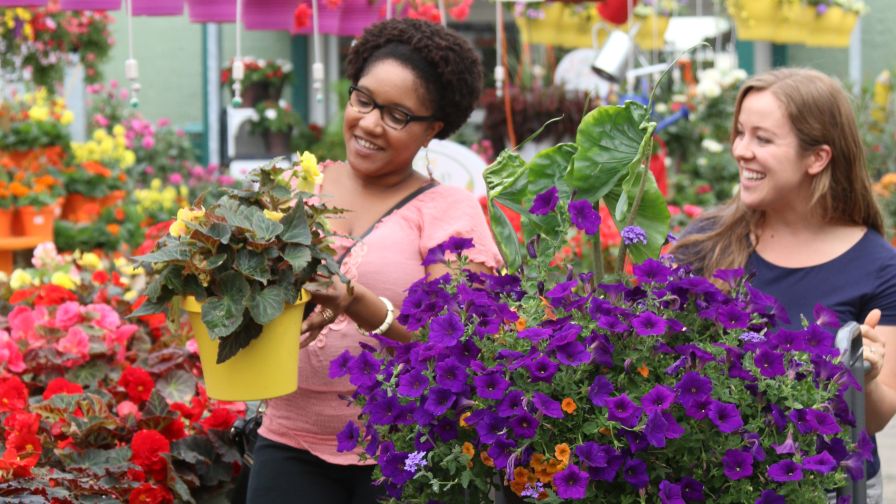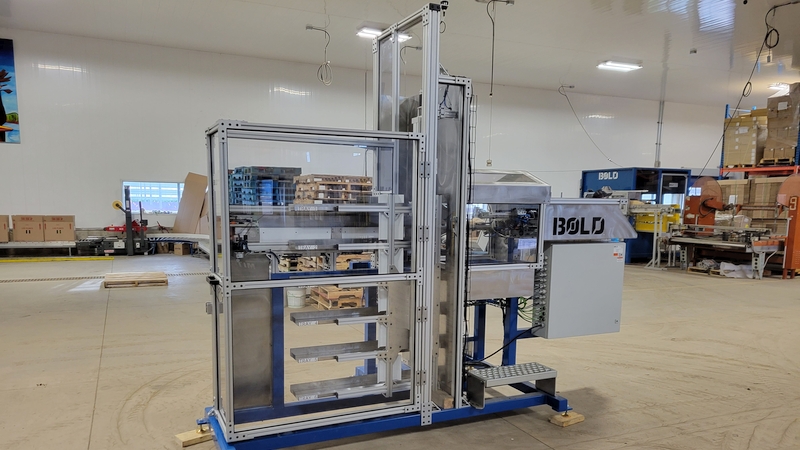Allan Armitage on Why the Younger Generation Will Pay Higher Plant Prices

Meister photo
It does not matter what one buys today, the price has gone up — considerably. So, let’s talk a little about price and value. No one wants to pay more for an item than necessary. Places like thrift stores, dollar stores, and bargain bins are successful for that very reason. Used clothing is particularly in vogue with the younger generation, and used games, books, and knickknacks move off shelves quickly.
The thing is — I don’t see many used plants for sale at thrift or dollar stores. I have read the argument that ornamental plants are not a necessity in life, in fact, not even functional like a chair or a piece of clothing.
I suppose in the event of a nuclear holocaust, I would plant beans instead of rudbeckia, but until then, COVID-19 should have taught us all that they are as necessary and functional as breathing. And as I look at demand for perennials and color in garden outlets, and the astronomical rise in interest in houseplants, succulents, and cut flowers, I hope we have learned that lesson.
In the last couple of years, the market has been chaotic, to say the least. Costs of production, shipping, and labor are up — yet so is demand, and in general, so are profits. We have had to raise prices, yet I have not heard any groundswell of complaint from consumers (other than online criticism of houseplant price gouging).
Recently, I had the opportunity to chat with Tony Avent about plant pricing. Tony is one of the most knowledgeable people about perennials and online marketing in our business. Plant Delights Nursery was established in 1988, and since I order from him, I know his prices are among the highest in the industry. He is doing just fine, thank you. When I asked him how he maintains his extraordinary prices, he responded with a simple statement: “Allan, the younger generation is too young to know that plants were cheap.”
I looked at him in awe — his assertion was absolutely right on. All of us recall those days, when margins were so tight that we were lucky to break even, and our belief that basement prices were the expectation. We had talked ourselves into believing that plants were commodity items.
This is not so, something that Tony has known for decades and that the pandemic so clearly demonstrated. High plant prices are the expectation of so many people today. As Tony also remarked, “Look at what people are paying for iPhones and Samsung, and everyone must have one!”
There is More to Plants than Price
The terms “price” and “value” have been knocked around for years, with dozens of studies trying to denote the importance of each. A low price can equate to either good value or low quality, whereas a high price can signify poor value or high quality. Value is provided in many ways: on-time delivery, robust inventory, well-grown products, and knowledgeable people. Most people who believe in the need for ornamentals have little issue with price if they obtain the value they expect.
At trade meetings this year, I talked with many nursery and garden center owners. In our conversations, I asked a couple of questions. I asked if their 2022 demand was up compared to last year (the COVID bump) and whether they have raised prices since pre-pandemic. The answers were essentially unanimous. They said the demand is not as high as it was during the COVID bump, but significantly higher than pre-pandemic. Regarding the price, their answers were no surprise. Nursery and garden center owners have raised their plant prices but people are still buying, and more so than pre-pandemic. Value continues to trump price, every time.
As the English writer John Ruskin so aptly stated, “There is scarcely anything in the world that some man cannot make a little worse, and sell a little more cheaply. The person who buys on price alone is this man’s lawful prey.”









